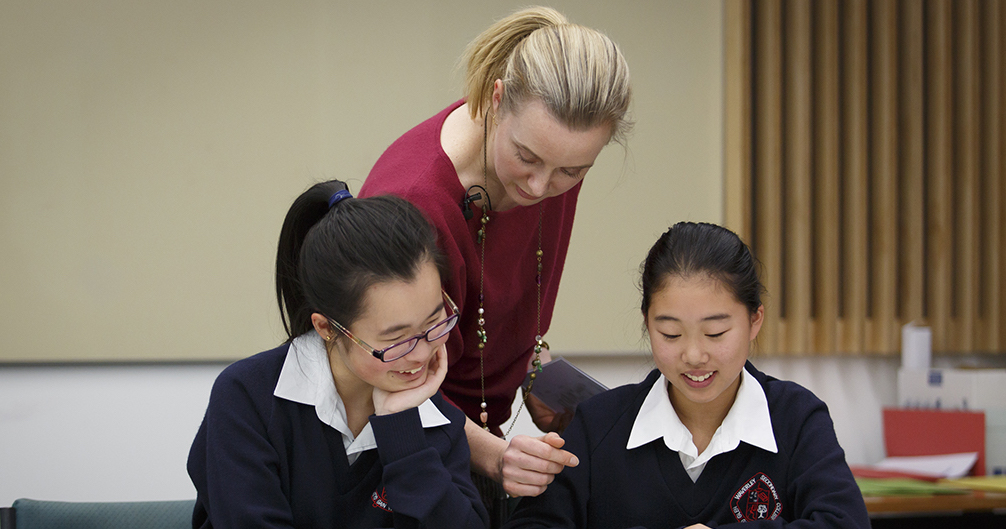High-tech classroom sheds light on how students learn

Watch the video: State-of-the-art technology is providing researchers with a new window into how students learn in conventional classrooms.
Published 2 November 2015
Maximising the potential of all students in every classroom is a huge challenge. How do teachers ensure their lessons, usually delivered to a diverse group of students in any given class, help each individual learn?

Now education researchers at the University of Melbourne have access to a groundbreaking facility to analyse everything taking place in any given lesson.
This includes not only what the teacher is doing, but also how the students are interacting with one another, how they are responding to the teacher, how they are completing their tasks and myriad other interactions taking place in any classroom.
“Early studies of classrooms naively tended to focus on the teacher – as though the teacher could control everything taking place,” explains Chief Investigator for the Science of Learning Research Centre, Professor David Clarke.
“Of course, what he or she does is only one element of what’s going on in any classroom at any given time.
Learning takes place in all the interactions happening in the classroom, and we want to understand these better.
In the Science of Learning Research Classroom, researchers sit behind a one-way mirror to observe the class. Up to twenty-two fixed and portable radio microphones and sixteen high definition cameras are controlled by the technical team to ensure everything the researchers need is captured – all without distracting the students or teacher.
Researchers are building a huge digital database of classroom interactions that will provide a rich resource for years to come.
The classroom is part of the Science of Learning Research Centre (SLRC) - a cooperation led by the Queensland Brain Institute at The University of Queensland, the University of Melbourne and the Australian Council for Educational Research.
It comprises 25 Chief Investigators from nine research institutions across Australia and is supported by $16m of Commonwealth funding from the Australian Research Council.
Banner image: Students and teacher in the Science of Learning Research Classroom. Picture: Marcel Aucar
